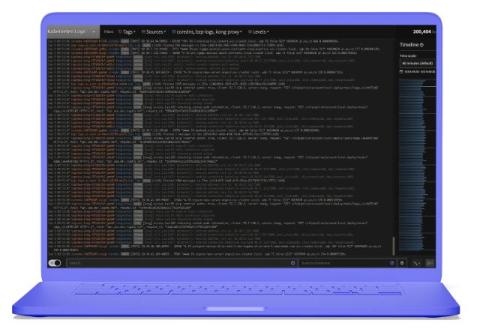How Machine Learning and AI are Transforming Telecom's Future
The telecommunications industry is no stranger to rapid technological advancements, but the integration of machine learning (ML) and generative AI is taking it to new heights. AI and ML are not just about technological transformation; they’re also revolutionizing people, processes, and the entire telco landscape. For tech enthusiasts and business leaders, understanding how these AI-driven innovations are shaping the future is crucial.











